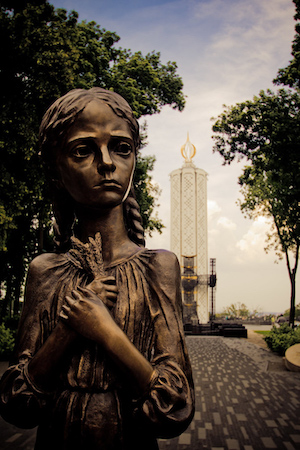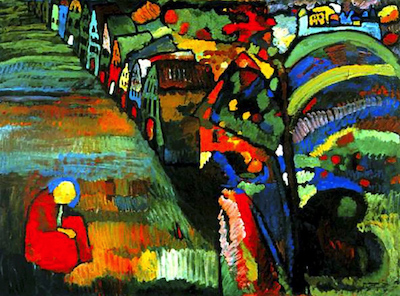Istine Rodseth Swart is Associate Editor of The Big Picture magazine.

Pain and suffering get our attention. The problem of pain and suffering is high on the list of reasons why many reject God and if we are honest with ourselves, why being a Christian is not for the fainthearted. As believers we are not exempt from affliction, travail and catastrophe, but we have an additional challenge: How do we respond appropriately, biblically?
How should we present ourselves before God when suffering is intolerable and relentless, when unfairness and injustice prevail, when evil runs rampant, when God does not heal or rescue his petitioners; does not bring relief, nor intervene on their behalf. What should an honest expression of our anguish as individuals and as a church community look like? In the context of a relationship with God, our contributors encourage us to recover the ancient practice of biblical lament, so powerfully exemplified in Psalms, rooted in and in fact required by our covenant relationship with God.
We may be so overwhelmed by personal and local issues that we become indifferent to suffering elsewhere in the world, or we may choose to look the other way. If, however, as the body of Christ, we are called to bear one another’s burdens, then the war in Ukraine and atrocities suffered at the hands of evildoers – the Holodomor, the Holocaust, genocide in Rwanda to name a few – clamour for attention and demand a response. If we have been fortunate to experience the minimum of trouble in our lives and have given little thought to suffering, then the COVID-19 pandemic, as a global threat, must surely give us pause.
This fourth The Big Picture edition explores the concept of “difficult hope”; what it looks like when you have no parents and have to flee your war-torn homeland; when the pandemic claims family members, friends, colleagues, your livelihood; when you are the healer, but are afflicted and do not receive healing.
How is difficult hope manifested when you are called to speak out against corruption; refuse to bear false witness or to swear allegiance to an antichrist, even at the cost of your own life; live a small, hidden life, but can execute an act of resistance that may reverberate through history?
What shape does hope take when you wish to live as an artisan of peace; to offer hope to your community as a farmer, a librarian, a musician, a poet; when you write novels, sculpt, paint or draw?

In young Kate Beldman’s drawing, quaint and character-full houses are separated by a safe, broad road from threatening waves, equal in height to the dwellings they could so easily engulf. In this image, there is more than a hint, a promise perhaps, of a time when we will be permanently separated from evil, strangers to tears and calamity, unencumbered by sorrow, free to live joyfully in the presence of the Never-Failing Light.
Alas, we have not yet arrived there. So great is our distress, so deep our pain, so pressing our needs in this dystopian, already-but-not-yet time, that we cannot be satisfied by hollow utterances, shallow counterfeit wisdom, delusions of hope. Our contributors speak with many different voices, in prose, poetry and artworks, but are in accord: In our lives, today and tomorrow in the real word, hope is difficult but real; only to be found in the One by whose stripes we are healed – the King of kings, and of necessity to be practised with perseverance and resilience.

The Kirby Laing Centre for Public Theology in Cambridge. Charity registered in England and Wales. Charity Number: 1191741
Kirby Laing Centre, The New Mill House, Unit 1, Chesterton Mill, French’s Road, Cambridge, CB4 3NP
© 2022 The Kirby Laing Centre for Public Theology in Cambridge